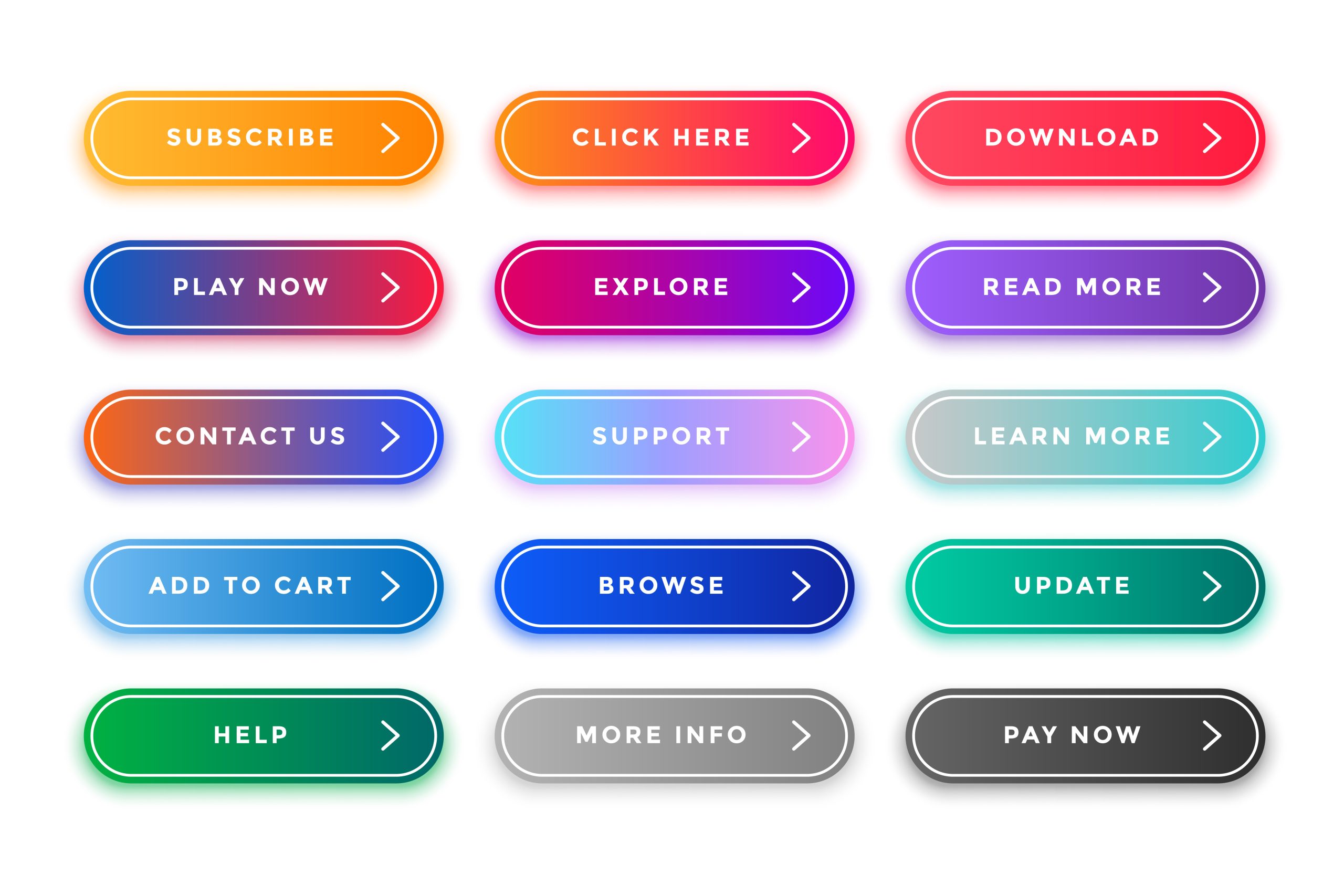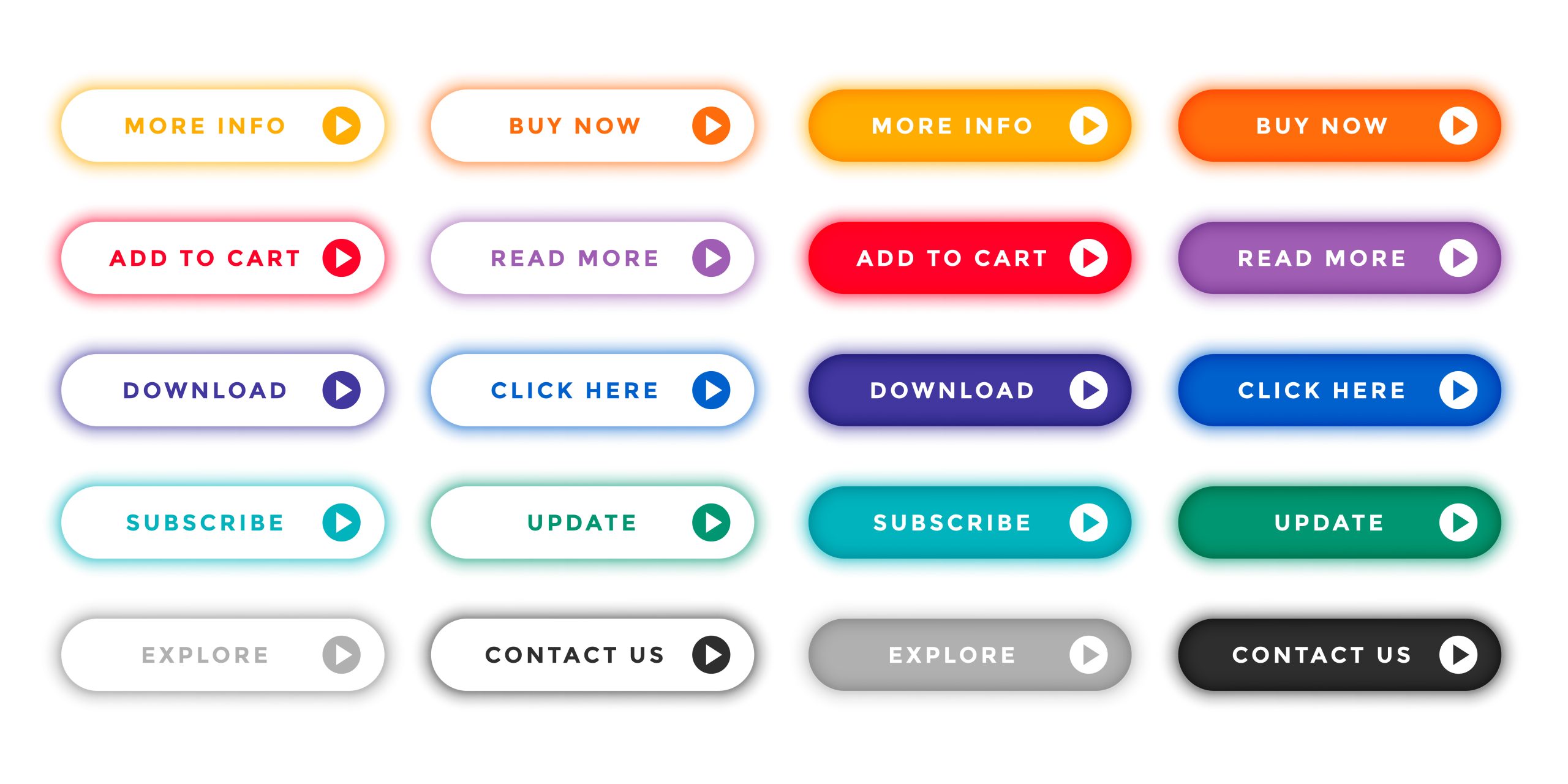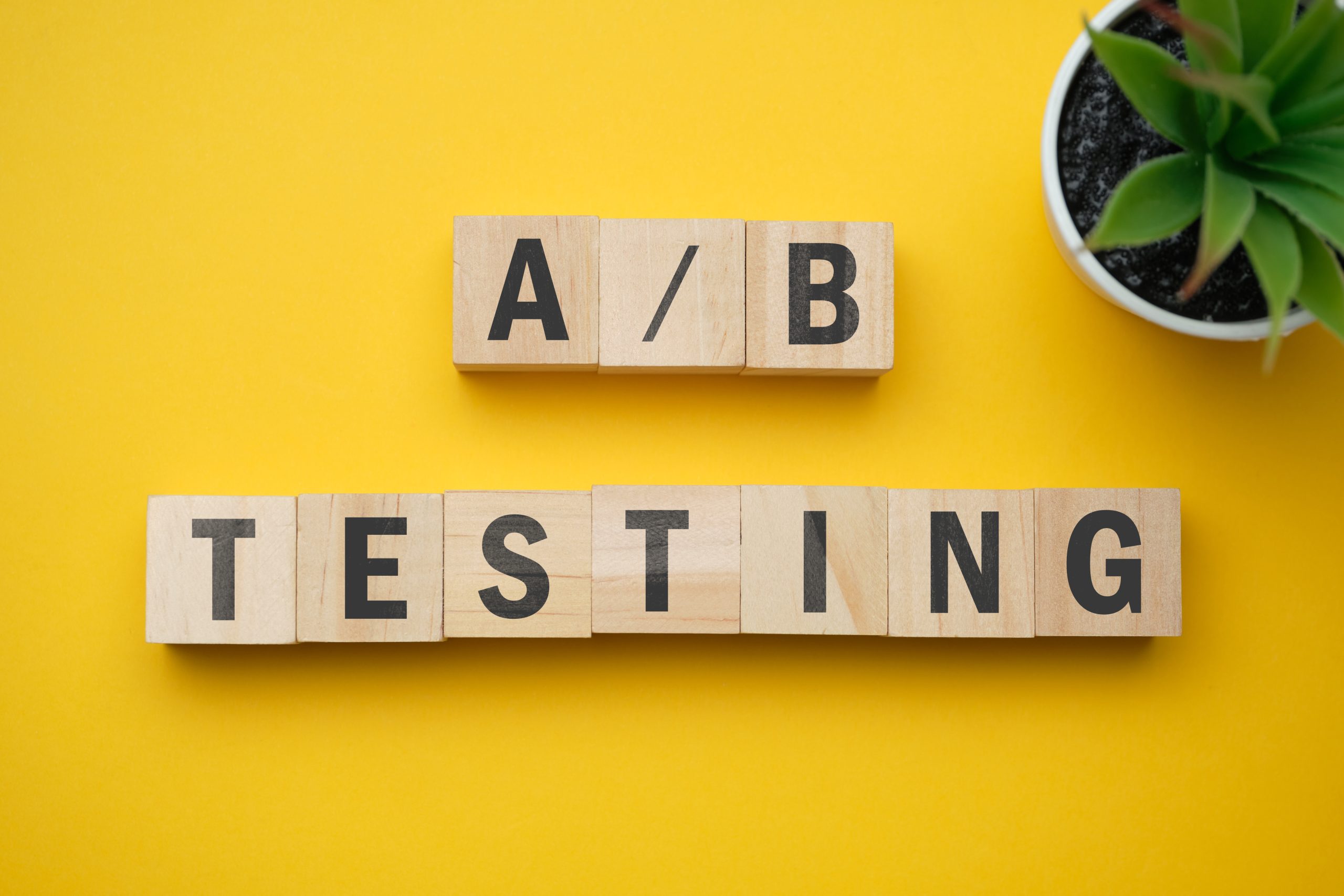How to Create a Compelling Call to Action
- October 12, 2023

The first few seconds visitors spend on your site is crucial. In our fast-paced digital world, a well-crafted call to action (CTA) can capture their attention and guide them towards your desired action, such as inquiring.
Remember, the ultimate goal of a business’s online presence is to gain noticeable results through enquiries, sales, downloads, or whichever action you wish to measure and promote. A call to action helps you achieve this.
Whether you are a business owner, content writer or somewhere in between, understanding CTAs and how to create them is vital for the success of your content and site.
In this blog, we explore how to create a call to action designed to increase your conversion rate and the success of your website.
Why Your Website Needs a Persuasive Call to Action

A call to action is usually, but not always, an action phrase or command, such as ‘buy now’ or ‘download’. It encourages a person to do a specific task, and professionals use them in various formats, including on websites, social media posts and email marketing. You can include multiple CTAs on one page, but too many can overwhelm your reader.
The importance of a call to action on your website is incomparable. There are various ways to optimise your conversion rate, and one way is through your call to action. As mentioned above, your CTA increases conversion rates by promoting an action to take next, such as following a hyperlink to another page. This reduces the likelihood of visitors reading a page on your site and leaving without further interactions.
Anatomy of an Effective Call to Action

We’ve established why they are essential. Now we need to determine how to write a call to action.
To create the ideal CTA, you must use action-oriented language, such as ‘buy now’, ‘add to cart’, or something else to suit your desired action. It is supposed to persuade your visitor to take a specific action, so your language must be authoritative and remove any uncertainty about that task.
Equally, ensure your call to action is clear and concise. You can’t expect your potential customers to complete an action if they don’t understand what you want them to do!
For example, specify what they’re downloading instead of saying ‘download now’. Is it a weekly newsletter? Is it a seasonal menu? Make it clear what your visitors will do and what they will gain (in this case, a weekly newsletter or a seasonal menu).
Conciseness is vital for a call to action. Effective CTAs are usually between 2-5 words long. If your call to action is too long, it can confuse your visitor or dissuade them from taking action.
Make your call to action visually appealing. This is an action you want potential clients to complete, so make it appear clickable and visible so it grabs their attention. However, don’t lose sight of your brand to make the CTA stand out. Ensure it still suits your brand online.
Strategies for Creating Engaging CTAs

Creating a good call to action is more than just using authoritative language. Take advantage of persuasive techniques to make the most of your CTA.
For example, incorporating a sense of urgency can also help reduce decision uncertainty. Make the most of the fear of missing out (FOMO) when promoting products, especially if your business holds a sale. Highlight how this offer won’t last, and your customers should get involved while they can. Using FOMO in your website’s call to action is a great marketing tactic to compel your audience to act quickly, improving your conversion rate.
When constructing your call to action, use language that evokes enthusiasm or emotion from the reader. For example, having a boring call to action is less likely to encourage your online audience towards action than an exciting or enthusiastic CTA. An exclamation mark is a great way to promote these feelings.
Another technique is to focus on the value coming from the desired action. How will that action benefit your audience? How does buying your product better their circumstances? What value do they gain from signing up for your course? Give them a reason to follow your call to action.
Of course, writing a call to action for social media will be different to a CTA for a blog post or email marketing campaign. Your language should suit the platform through which you present your call to action.
Testing and Refining Your CTAs

Finding the best way to create your call to action can take time, so experiment with them and test what works with your online audience.
You can use A/B testing to establish which CTAs work for your customers and clients, making you more effective over time. A/B testing presents two versions of something, such as an advert or website, to establish which works better to gain your desired result.
To do this, half your website’s visitors will see one version of your call to action, and the other half will see the other. The CTA a visitor sees is randomly established. After a certain amount of time, you can measure which call to action has the higher conversion rate and, therefore, which one you should use going forward.
Creating a compelling call to action relies on authoritative, persuasive language to encourage your customers to take a specific action. You must make your CTA concise and clear to avoid confusion, use emotive language and focus on value to convince your audience that your call to action benefits them.
Your call to action impacts your conversion rate, so use this information to influence your online strategy and create meaningful interactions with your potential customers and clients.
If you need help with your marketing strategy or conversion rate optimisation, Fly High Media offer bespoke solutions to help your business generate revenue and increase brand visibility. We are results-driven and passionate about our work, giving you impressive results and peace of mind.
Contact us today and see how our team of experts can support your marketing needs!
Contact Us
Cheshire (Head Office)
Manchester
Get in touch
Let’s find the best solution for your business



